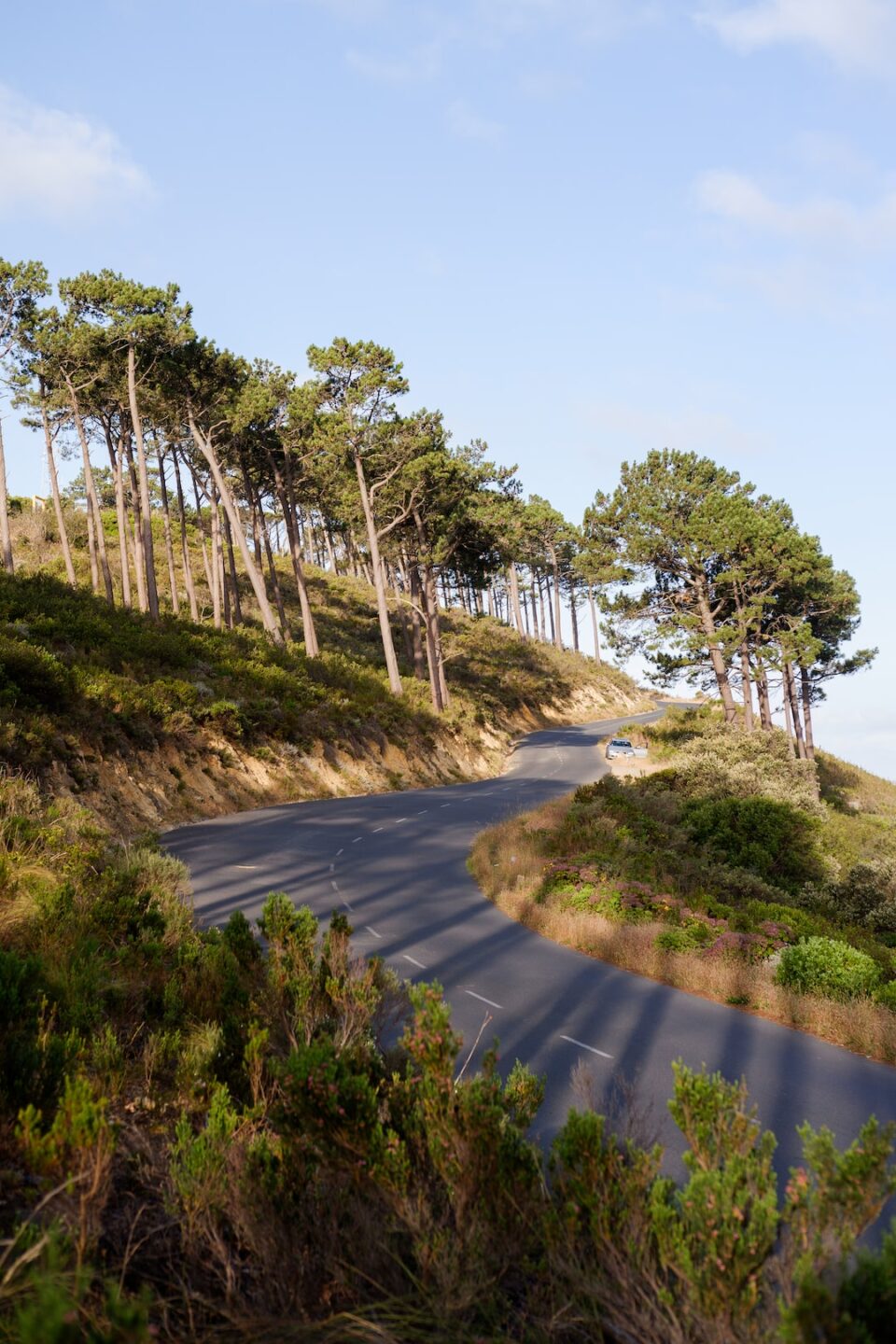Located at the eastern foot of Table Mountain in Cape Town, South Africa, the Kirstenbosch National Botanical Garden is a haven for nature enthusiasts, botanists, and anyone seeking the solace of a serene and enchanting landscape. Spanning a vast area of 528 hectares, it offers a glimpse into the unique flora and fauna that thrives in this region, showcasing the extraordinary biodiversity found in the Cape Floristic Region.
One of the key attractions of Kirstenbosch National Botanical Garden is its diverse plant collection. With over 7,000 species of plants, it is no wonder that it is regarded as one of the finest botanical gardens in the world. The garden boasts an array of fynbos, a vegetation type endemic to South Africa and characterized by its hardy, evergreen shrubs. Fynbos is not only visually stunning but also plays a vital role in maintaining the delicate ecosystem of the region. Walking through the fynbos section of Kirstenbosch, visitors are enveloped by a sensory experience as they encounter an assortment of flowers, including proteas, ericas, and restios, that have adapted to survive the harsh climate and nutrient-poor soil.
One of the most striking displays within the garden is the Protea Garden, which showcases the diverse range of protea species in South Africa. These majestic plants with large, colorful flower heads have become symbols of the country and are known for their beauty and resilience. From the King Protea, the national flower of South Africa, to the feathery blooms of the Blushing Brides, this garden pays homage to the uniqueness and splendor of these remarkable plants.
Sitting at the heart of the Kirstenbosch National Botanical Garden is the Centenary Tree Canopy Walkway, more commonly known as the Boomslang. This elevated walkway offers visitors a birds-eye view of the garden, providing a unique perspective and allowing for a closer look at the diverse flora that surrounds them. As you stroll along the walkway, you may catch a glimpse of the rare ghost frogs that inhabit the garden or spot a Cape Dwarf Chameleon camouflaging among the leaves. The Boomslang not only serves as a way for visitors to experience the natural beauty of Kirstenbosch but also highlights the importance of conserving these unique plants and creatures.
Beyond the remarkable plant life, Kirstenbosch is also home to a wide variety of birds, insects, and small mammals. Over 100 bird species have been recorded within the garden, including the Cape Sugarbird and the Orange-breasted Sunbird, both of which are endemic to the Western Cape. These vibrant birds can often be spotted flitting among the flowers, sipping nectar from their slender beaks. Be sure to keep an eye out for the tiny, iridescent Cape Rock Thrush darting through the rocky outcrops as well.
As you explore Kirstenbosch, you may also encounter the adorable dassies, or rock hyraxes, that inhabit the garden. These small, rabbit-like creatures can often be seen sunbathing on the rocks or scampering between the fynbos, adding an element of charm to the already exquisite surroundings.
The Kirstenbosch National Botanical Garden is not just a picturesque landscape; it is a living testament to the incredible diversity that South Africa has to offer. It serves as a sanctuary for rare and endangered plant species, a habitat for unique and beautiful animals, and a source of inspiration for all who visit. Whether you are a botany enthusiast, a nature lover, or simply seeking a tranquil escape, Kirstenbosch promises to provide an unforgettable experience in discovering the wonders of South Africa’s flora and fauna

